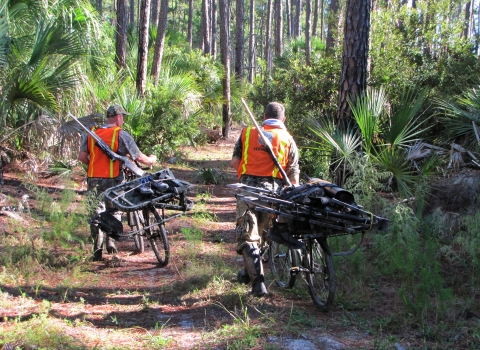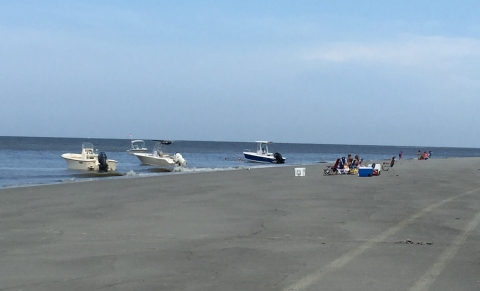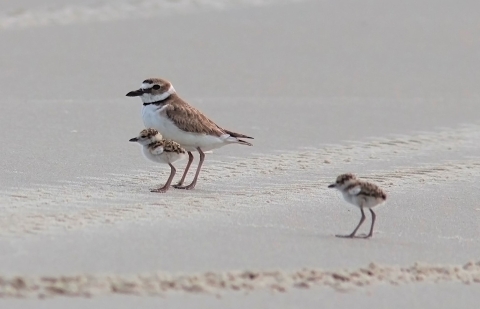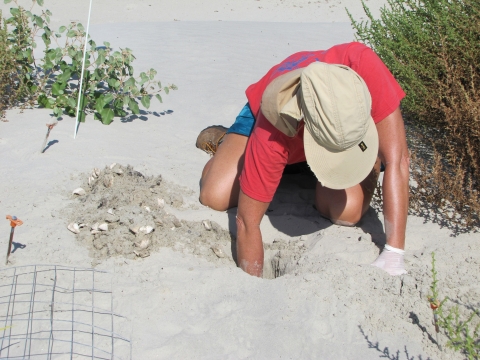Visit Us
National wildlife refuges offer us all a chance to unplug from the stresses of daily life and reconnect with our natural surroundings. Wassaw National Wildlife Refuge offers a variety of opportunities to explore and enjoy the great outdoors from sunrise to sunset every day. You can play in the surf, observe and photograph wildlife, go fishing, or during the season, hunt white-tailed deer. There are also miles of wooded trails perfect for hiking and bicycling.
Wassaw NWR is open daily from sunrise to sunset and is accessible only by boat. Transportation is not provided by the U.S. Fish and Wildlife Service therefore visitors must use personal watercraft or a local charter service.
Location and Contact Information
- Wassaw National Wildlife RefugeView DetailsC/O Savannah Coastal Refuges 694 Beech Hill Lane Hardeeville, SC 29927
What We Do
Wildlife conservation is at the heart of the National Wildlife Refuge System . It drives everything on U.S. Fish and Wildlife Service lands and waters managed within the Refuge System, from the purposes for which a national wildlife refuge national wildlife refuge
A national wildlife refuge is typically a contiguous area of land and water managed by the U.S. Fish and Wildlife Service for the conservation and, where appropriate, restoration of fish, wildlife and plant resources and their habitats for the benefit of present and future generations of Americans.
Learn more about national wildlife refuge is established to the recreational activities offered to the resource management tools used. Using conservation best practices, the Refuge System manages Service lands and waters to help ensure the survival of native wildlife species.
Our Species
Wassaw NWR supports a wide diversity of wildlife, including at least 257 species of breeding and wintering birds and an undetermined number of mammal, reptile, amphibian, and fish species. The refuge is within the range of several listed threatened or endangered wildlife species.
Projects and Research
The seven miles of undeveloped beach at Wassaw NWR provide important nesting habitat for Atlantic loggerhead sea turtles. Since 1973, the Caretta Research Project (CRP) has been monitoring and protecting the nests of these important and endangered animals.






















